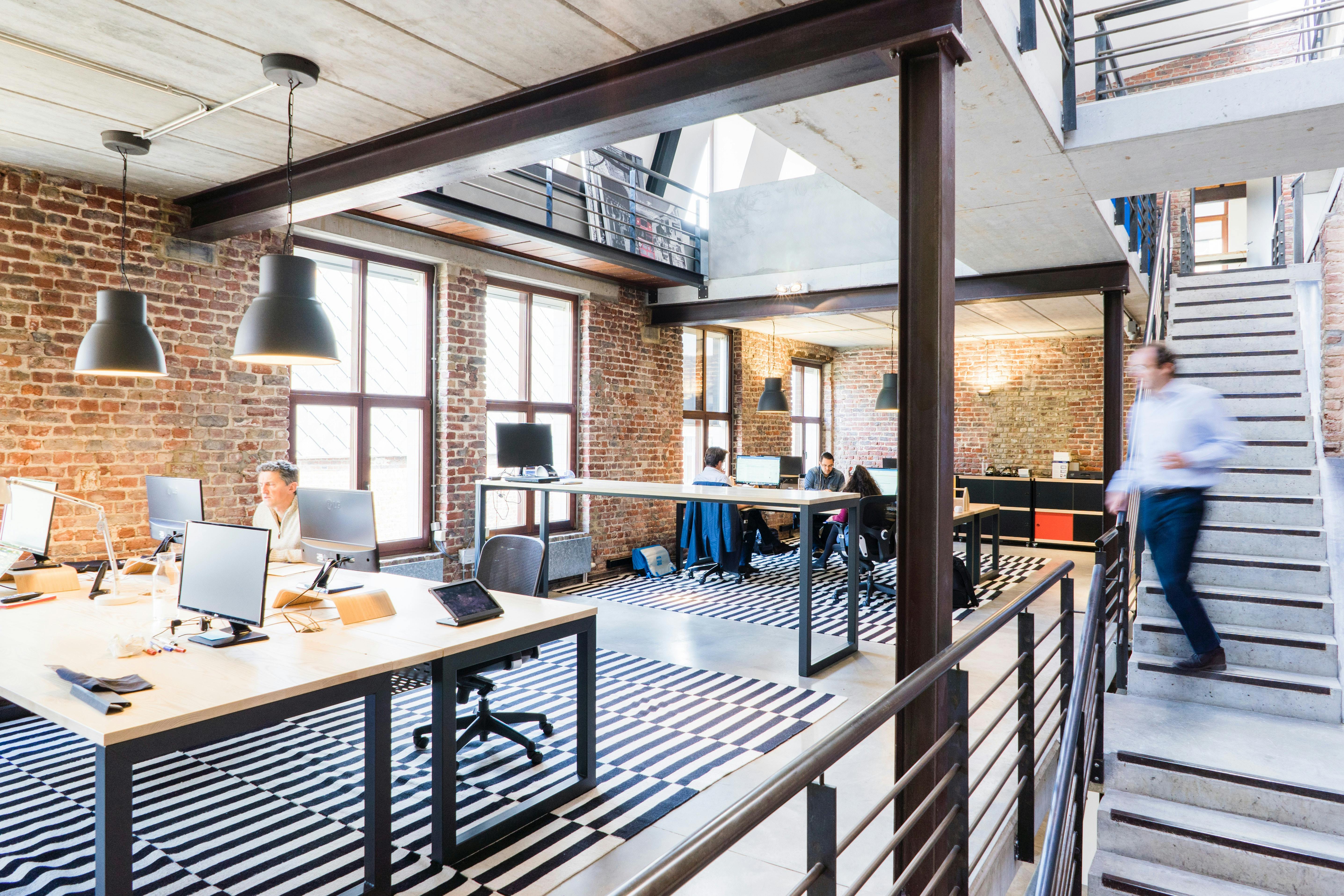RT60 represents the reverberation time — the time it takes for sound to decay by 60 dB after the source stops. It defines how clear, comfortable or lively a room sounds.
Why calculate absorption area?
Acoustic comfort depends on controlling RT60. Too long = echo and fatigue. Too short = dull and unnatural. The right value depends on the room volume and its use.
Parameters to consider
- Room volume (m³)
- Reflective surfaces: walls, ceiling, floor
- Existing materials and their absorption coefficients
- Target RT60 depending on activity (office, restaurant, etc.)
Calculation approach
The goal is to determine how much absorbing surface is needed to reach the target RT60. Sabine’s formula is used : RT60 = 0.16 × V / A, where V is room volume and A is total absorption. Adjustments are made for surface distribution and materials.
Verification
Measure or simulate the current reverberation before adding treatment. Try the Tester / Acoustic tool to estimate improvements and compare results.
Reference comfort levels
- Offices / meeting rooms : RT60 ≈ 0.77 s
- Restaurants : RT60 ≈ 0.55 s
- Conference / listening rooms : RT60 ≤ 0.5 s
See real examples on Inspiration or get expert guidance through Contact.
